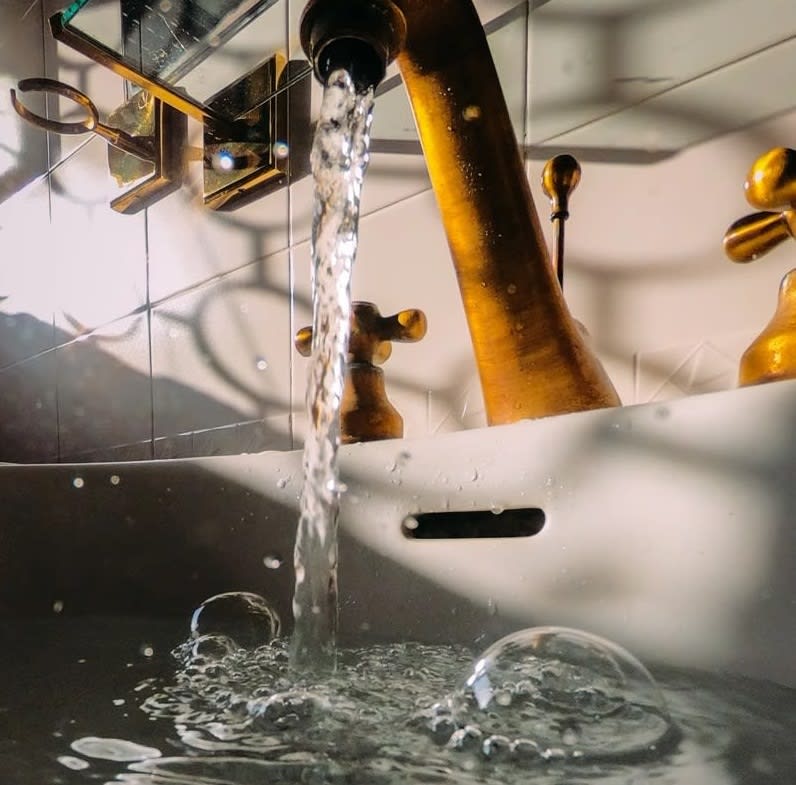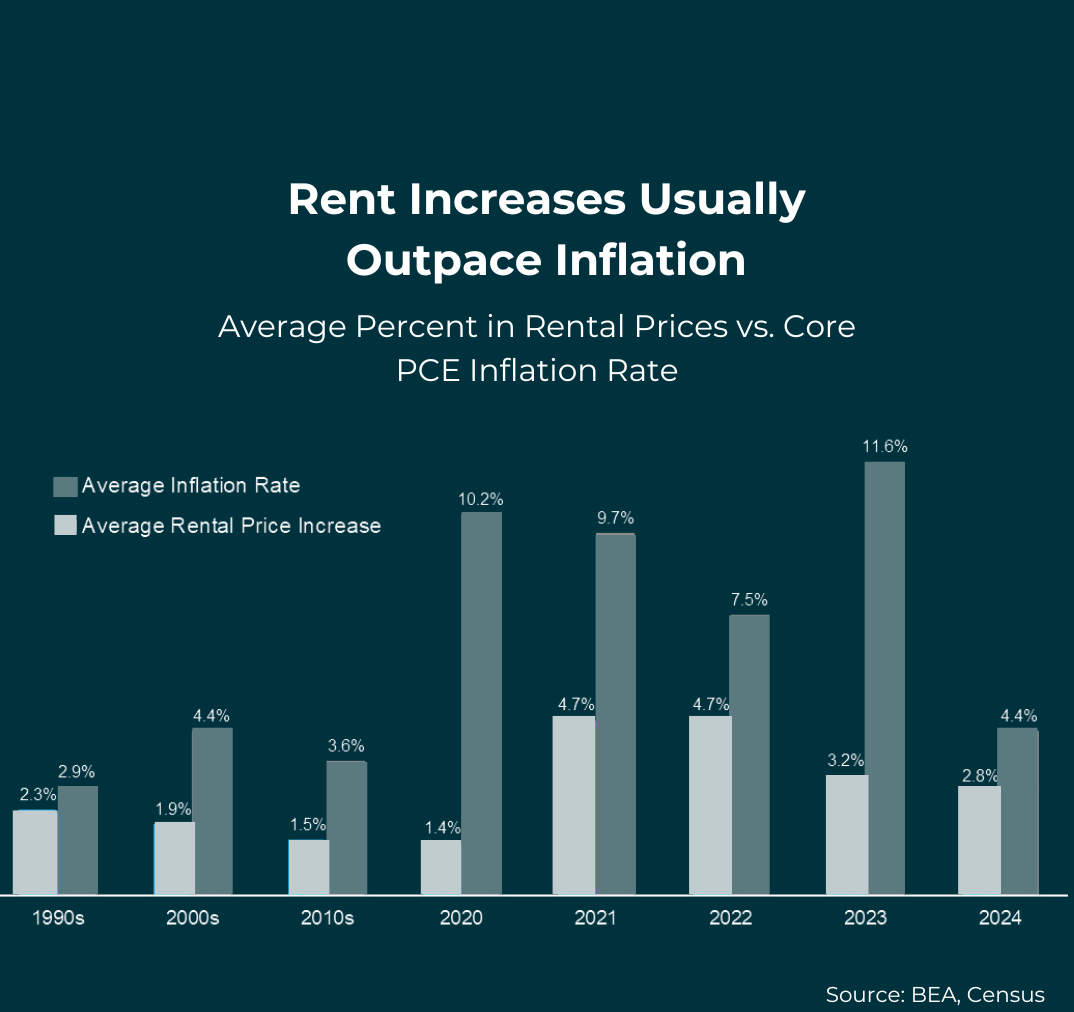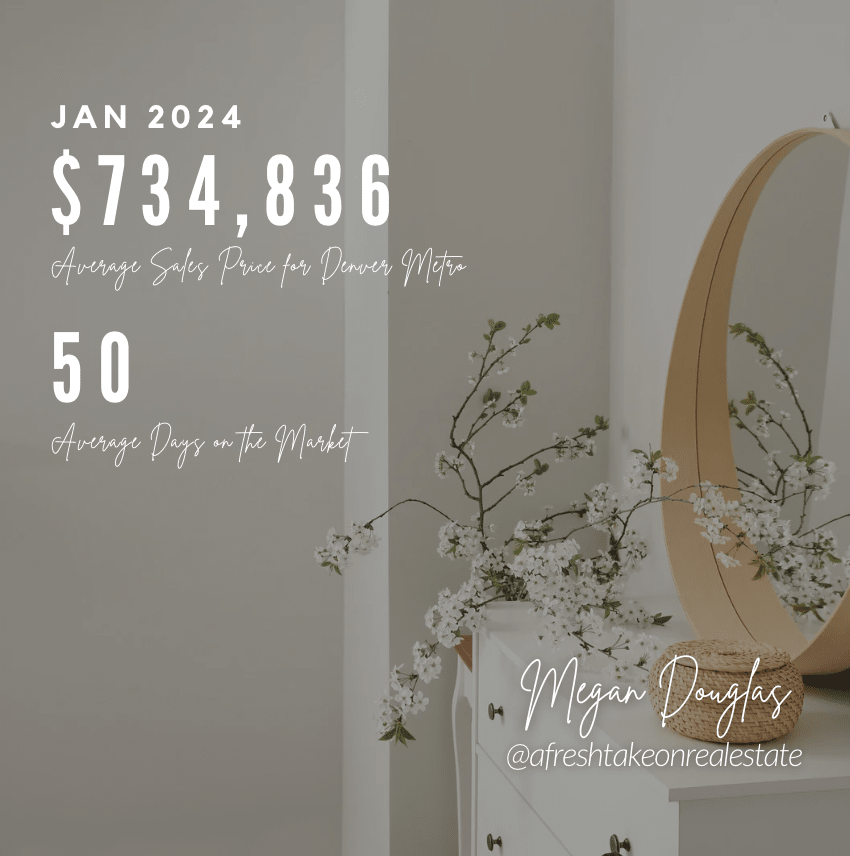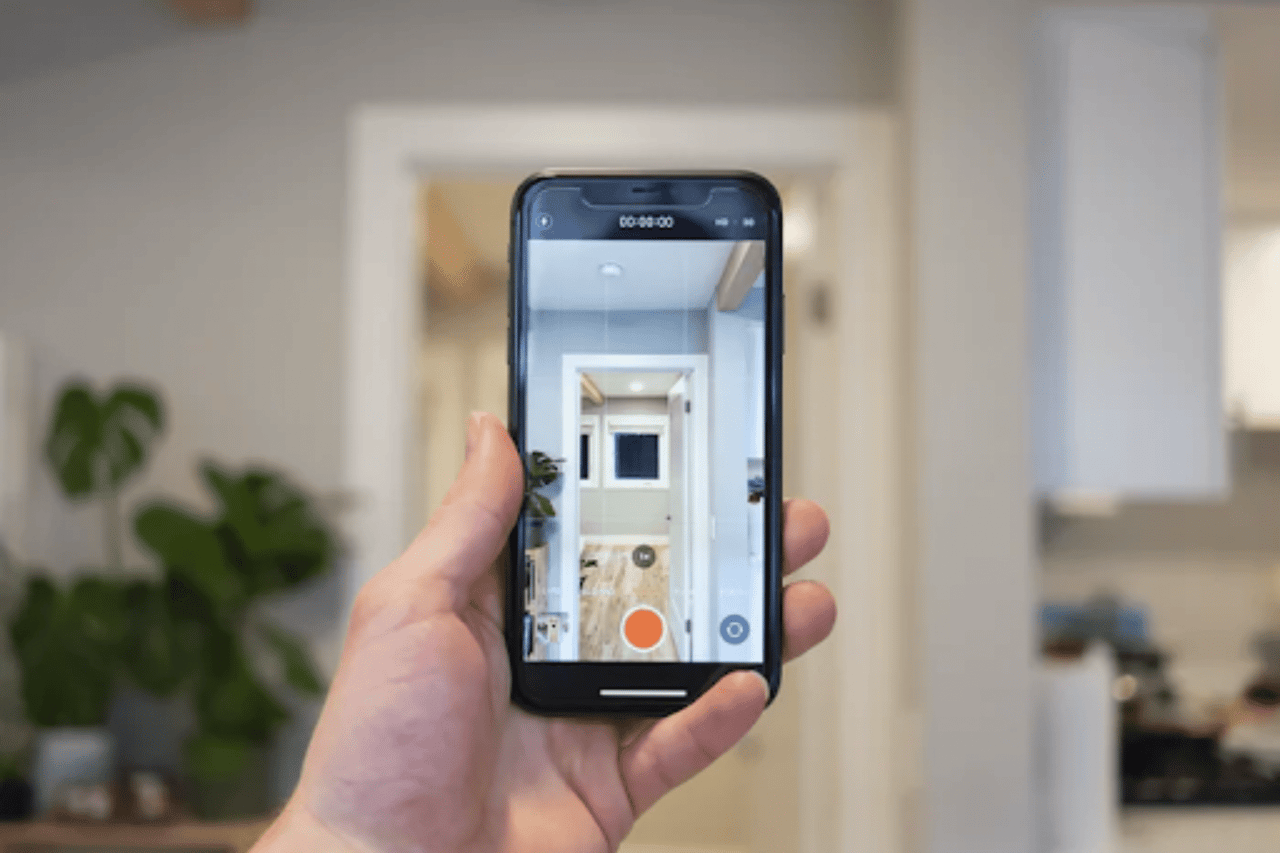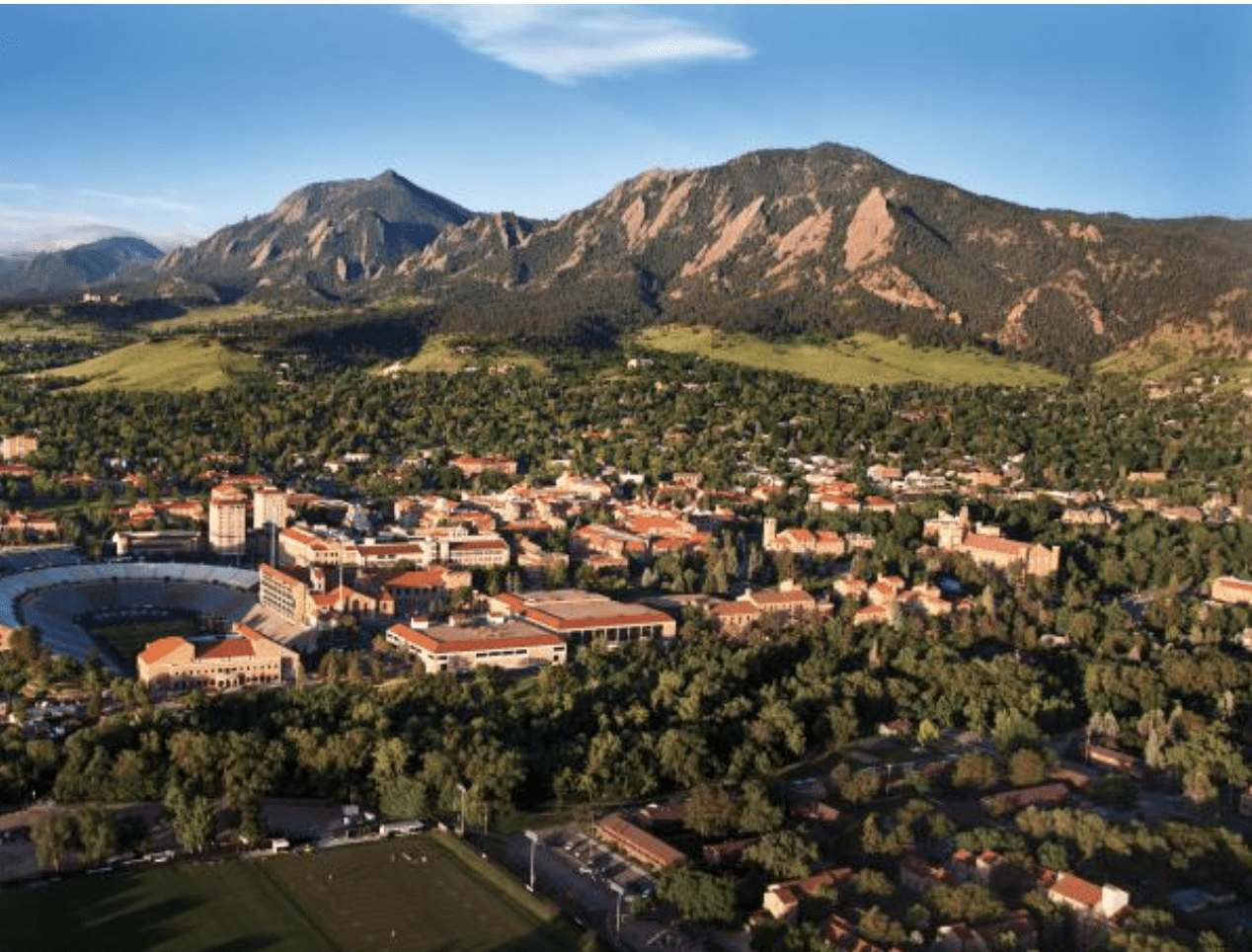The $500 million program replacing lines for up to 84,000 homes, likely to take 15 years
Tens of thousands of Denver residents drink, bathe in and cook with water that comes in through lead service lines.
Denver Water crews are moving as fast as a public utility that serves 1.5 million homes can to replace the lead pipes and solder before the soft, toxic metal leeches too much and gradually poisons the people inside.
It’s an estimated $500 million undertaking for up to 84,000 homes and one that won’t be finished until well into next decade. But, so far, state health officials say the replacement program is going well, moving faster than required and that lead levels have decreased in homes with the service lines since it began.
Denver Water’s reports don’t however say which neighborhoods were targeted first for the replacement program, and federal state health officials wouldn’t release address-specific data collected from the utility.
The program isn’t moving fast enough for Laura O’Brien, who said utility officials replaced service lines all around her Chaffee Park home but skipped her street. She first expressed concern in late 2019 after blood tests showed elevated levels of lead in her then-two-year-old son. She drank unfiltered water while she was pregnant and made formula with it.
While residents like O’Brien wait for crews to replace their lead service lines, the utility is balancing water acidity to lessen the amount of the metal that breaks off of lines that can wind up in tap water. More than 100,000 homes also received water pitchers and filters last year, and Denver Water will mail even more out every six months until lines are replaced.
O’Brien said she was frustrated when her home was passed over, but has since come to terms that it will be some time until it’s her time.
“Basically I’ve just accepted that I’m going to be using a filter,” O’Brien said.
Why did we use lead?
Lead: It’s soft, malleable, not too hard to find, not too expensive, holds up well under duress and has been used to carry water for millennia. Even the word “plumbing” is derived from the Latin word for lead — plumbum.
Historians also theorize the metal poisoned ancient Romans just as a few years ago it poisoned Americans in Flint, Michigan.
“We didn’t know lead was a problem for a long time,” said Glenn Patterson, a professor of environmental and occupational health at the University of Colorado’s Anschutz Medical Campus.
Scientists even found elevated lead levels in a lock of Ludwig van Beethoven’s hair, which could explain some of his deafness, irritability, gastrointestinal problems and awkward gait, Patterson said.
Scientists didn’t pay much attention to the connection between drinking water and public health until a cholera epidemic in Europe in the mid-1800s, Patterson said, though there were reports of cloudy water in Greek and Roman drinking supplies long before that.
It would still be decades before scientists and the public fully understood just how harmful lead is; by the mid 1900s, the metal was still everywhere — in gasoline, in paint and, of course, in the pipes carrying water to homes across the U.S.
“Most of the older cities in the United States, those that developed on the East Coast and the Midwest built their public water supply infrastructure in the mid 19th to early 20th centuries and they made a lot of use of lead,” Patterson said.
Denver started transitioning away from installing lead around World War II in favor of galvanized steel or copper piping, albeit with lead soldering, according to Alexis Woodrow, the utility’s lead reduction program manager. The city officially banned the use of lead lines in 1971, well ahead of a federal ban in 1986.
But much of the damage was already done. Utility spokesman Travis Thompson said Denver Water’s service area was left with between 64,000 and 84,000 homes with lead service lines.
In the early 1990s, the federal government passed the Lead and Copper Rule, setting the acceptable amount of lead in drinking water at 15 parts per billion (ppb). Patterson noted, though, that the metal really isn’t safe in any amount. Bodies store it in bones, blood and other tissues.
Symptoms of lead exposure include constipation, headaches, irritability, loss of appetite and fatigue, according to the Mayo Clinic. The metal can also damage the nervous system, leading to memory loss and brain damage.
In cases of high exposure, it can kill. One 2018 study from The Lancet Public Health estimated that as many as 412,000 deaths each year in the United States could be linked to lead contamination, particularly as it relates to cardiovascular health.
Monitoring levels
Denver Water began in the 1990s testing homes known to have lead piping to see whether particles of the heavy metal were showing up in the tap water, Thompson said.
“Water is, by its nature, corrosive,” Thompson said. “If you’ve ever left a rake or garden tool out in the rain, you know it’s going to get rust on it. The same thing happens to pipes.”
For years, the levels in homes with lead service lines remained below the federal limit of 15 ppb. During that time the utility replaced about 1,200 service lines each year by piggybacking on existing construction projects, like when crews that were replacing water mains or tearing up streets found lead lines.
But test results in 2012 sparked a greater sense of urgency and a fight between Denver Water and the Colorado Department of Public Health and Environment. About 13% of the tap-water samples taken that year tested above the federal limit of 15 ppb — some as high as 57 ppb. Even more testing showed lead levels ranging between 7 ppb to 13 ppb, with some homes — less than 10% — testing above 15 ppb.
The state health agency ordered the utility in 2018 to slow corrosion with orthophosphate, a chemical that would react to lead and create a crust preventing the metal from breaking off into water. But Denver Water CEO Jim Lochhead pushed back, arguing the chemical would harm downstream communities and environments.
Lochhead opted to continue adjusting the PH balance of the utility’s water supply, which would create a protective film in pipes. The utility also mailed out pitchers and water filters with informational packets on how to avoid consuming lead.
But adjusting water chemistry and mailing out filters is just a Band-Aid, said John Adgate, director of CU Anschutz’s Department of Environmental and Occupational Health.
“Ultimately you want low-lead and lead-free pipes,” Adgate said.
In late 2019. the U.S. Environmental Protection Agency approved Denver Water’s replacement plan on a trial basis. The idea is to map out and replace all the lead service lines in town within 15 years and at an estimated cost of about $500 million.
For the first three years of the program, the EPA is requiring Denver Water to replace an average of 7% each year, do a public outreach and education program and show reduced lead levels in drinking water. If the utility meets its goals it will qualify to extend that trial approval through the remaining 12 years of its plan.
Last year the utility replaced more than 5,200 lines, well above its goal of 4,477, Thompson said. Areas with higher populations of children and pregnant women take priority in the process as well.
How are we sure it’s working?
Average lead levels in Denver’s water appear to be decreasing, according to the utility’s quarterly reports. In 2019, 10% of homes with lead service lines had lead concentrations above 12 ppb, Woodrow said. By late 2020, that level shrank to 4.1 ppb.
At the same time, 41 homes tested last year had water with more than 25 ppb of lead, the utility’s quarterly reports show. And water at one property (the location was not made available) tested as high as 2,415 ppb of lead.
“Whoa,” Patterson said. “They should not be drinking that water.” At least not without a filter, which removes 99.9% of lead.
Not everybody is using one: Of the customers Denver Water surveyed, 93% are using their filter or bottled water to drink and 97% are doing the same to make formula for infants.
But only 68% are using filtered or bottled water for cooking, which Woodrow said is too low, especially with absorbent foods like beans and rice that need filtered or bottled water to be considered safe.
Customers can search their addresses on Denver Water’s website to see if they have lead lines. They can also ask the utility to test their water to see whether lead levels are high. But otherwise, there’s not much to do but keep patient and follow the utility’s advice.
“With the corrosion control, the filters and the long-term replacement, they’re doing a pretty good job with the situation they’ve got,” Patterson said. “As long as the customers can use those filters in the interim.”
Source: The Denver Post
